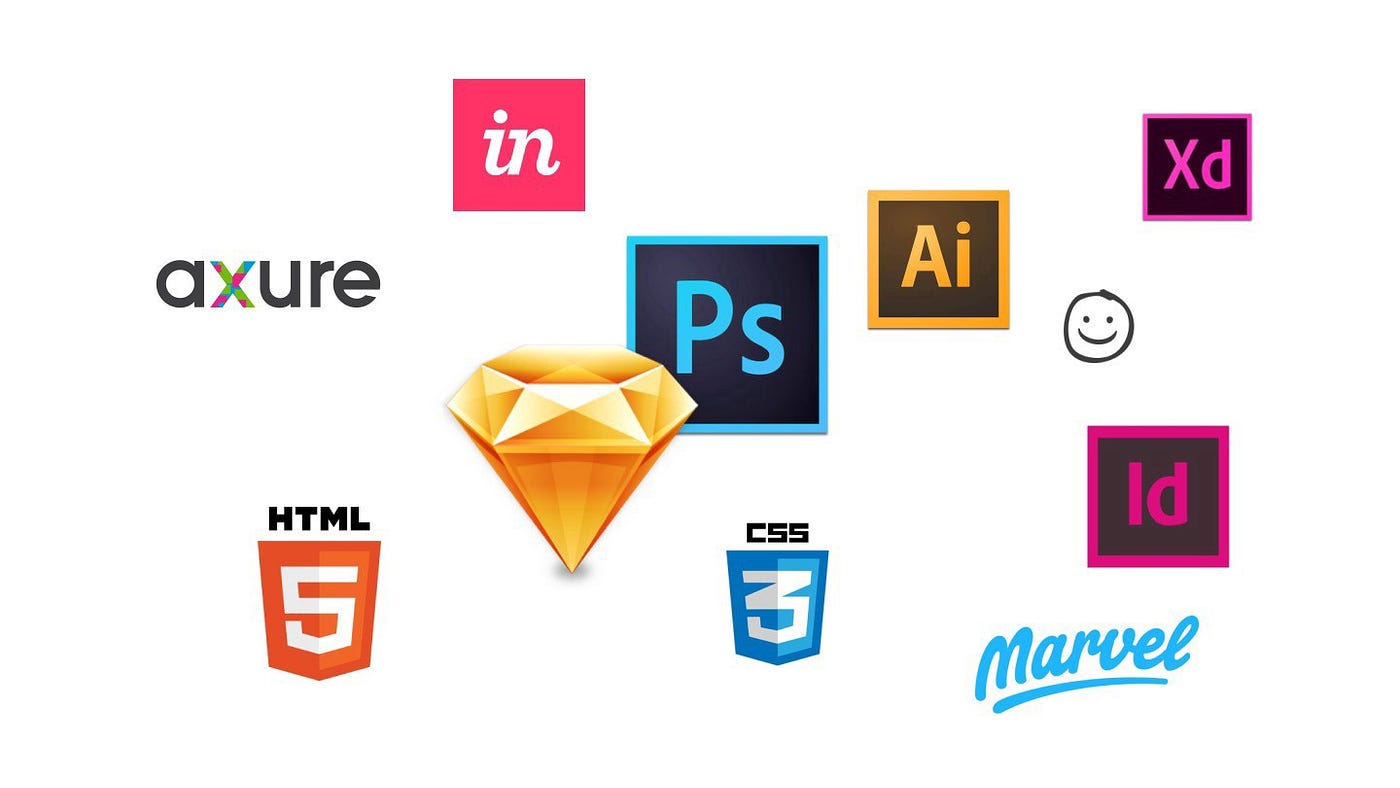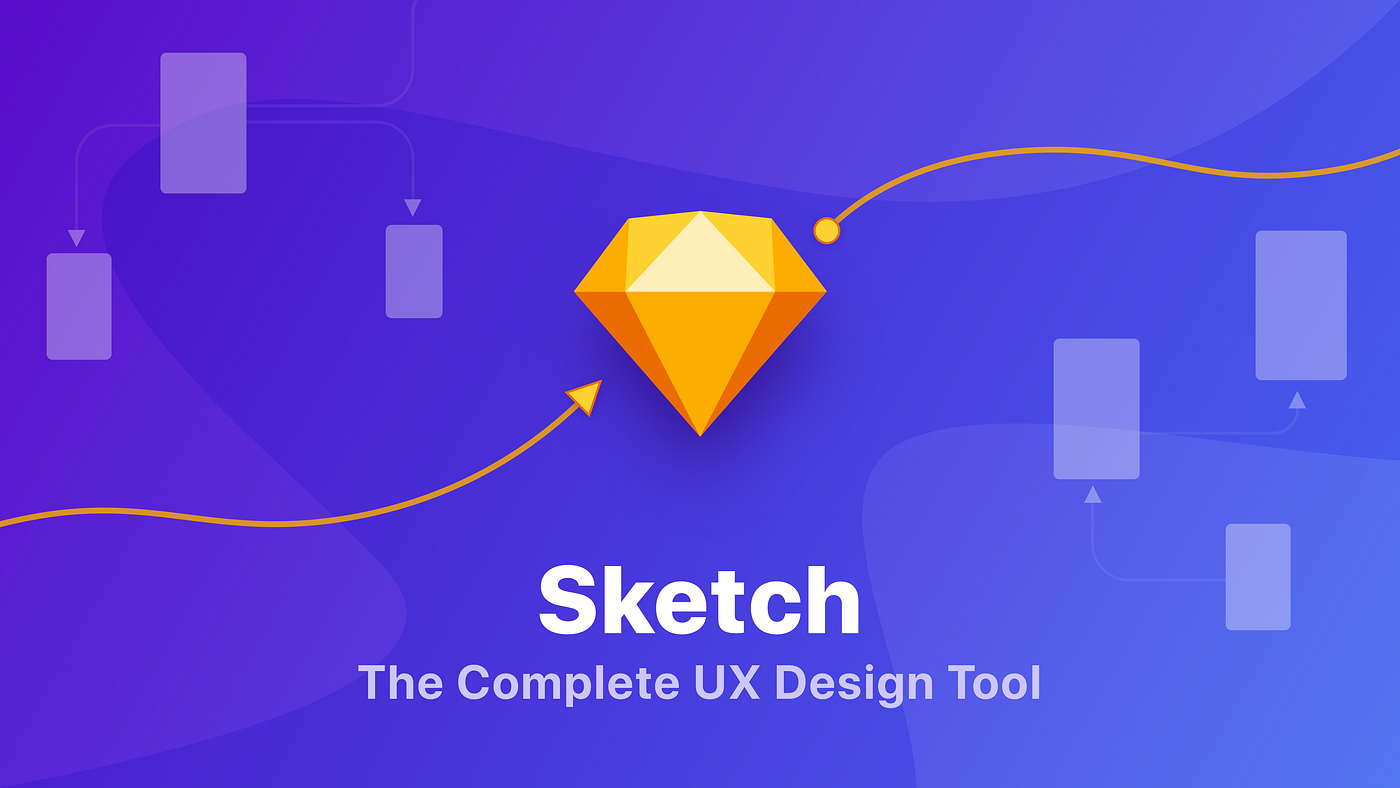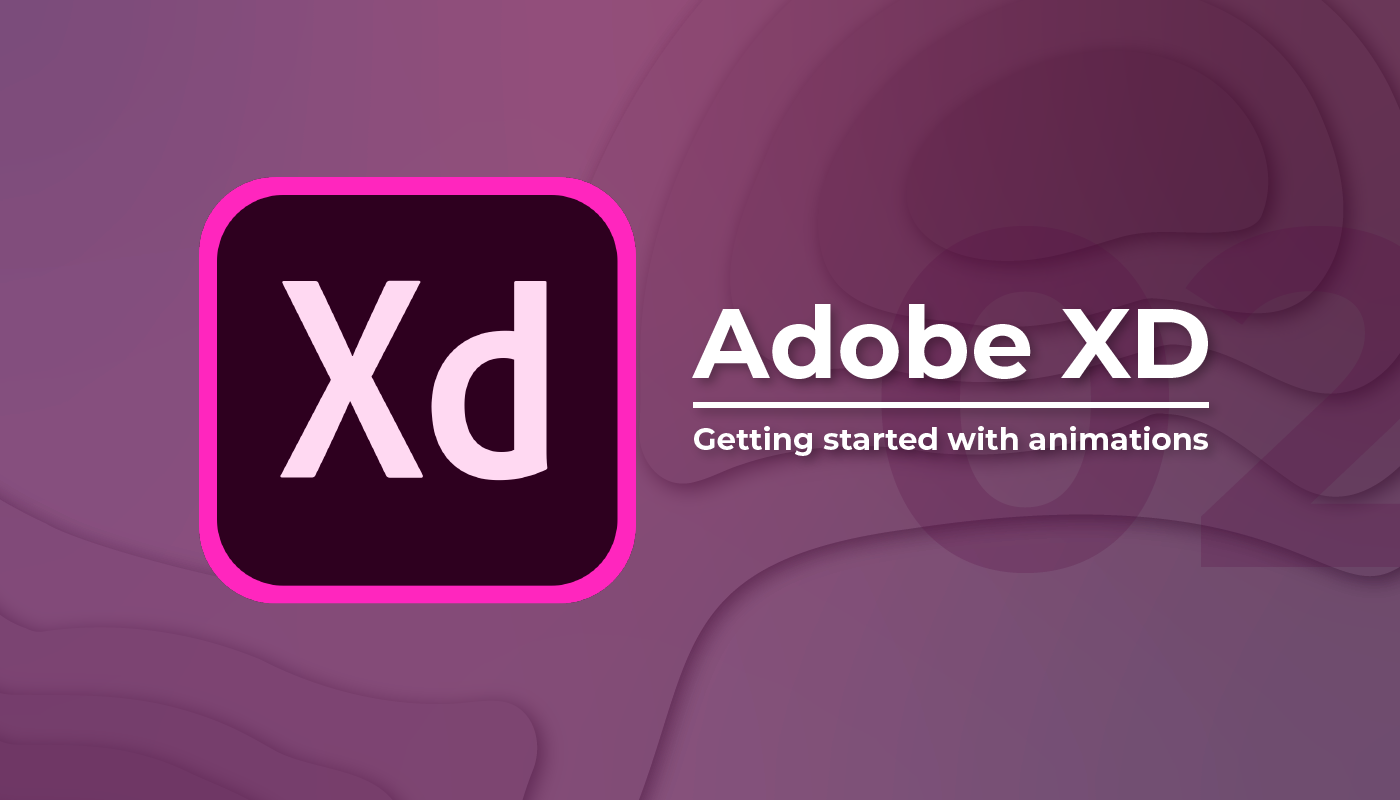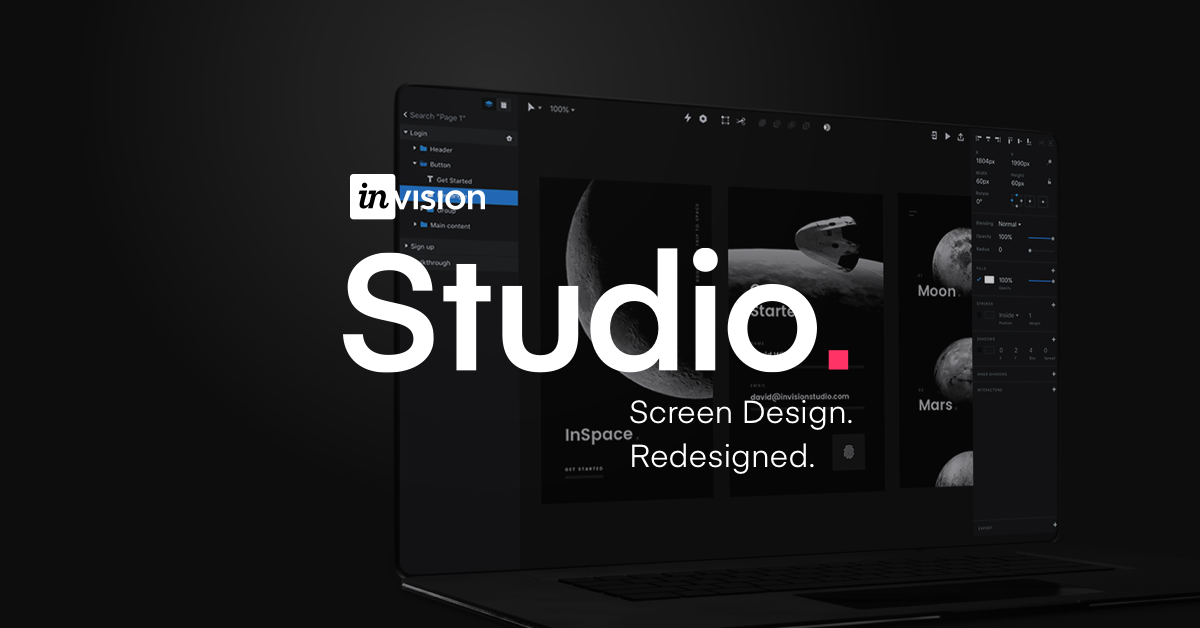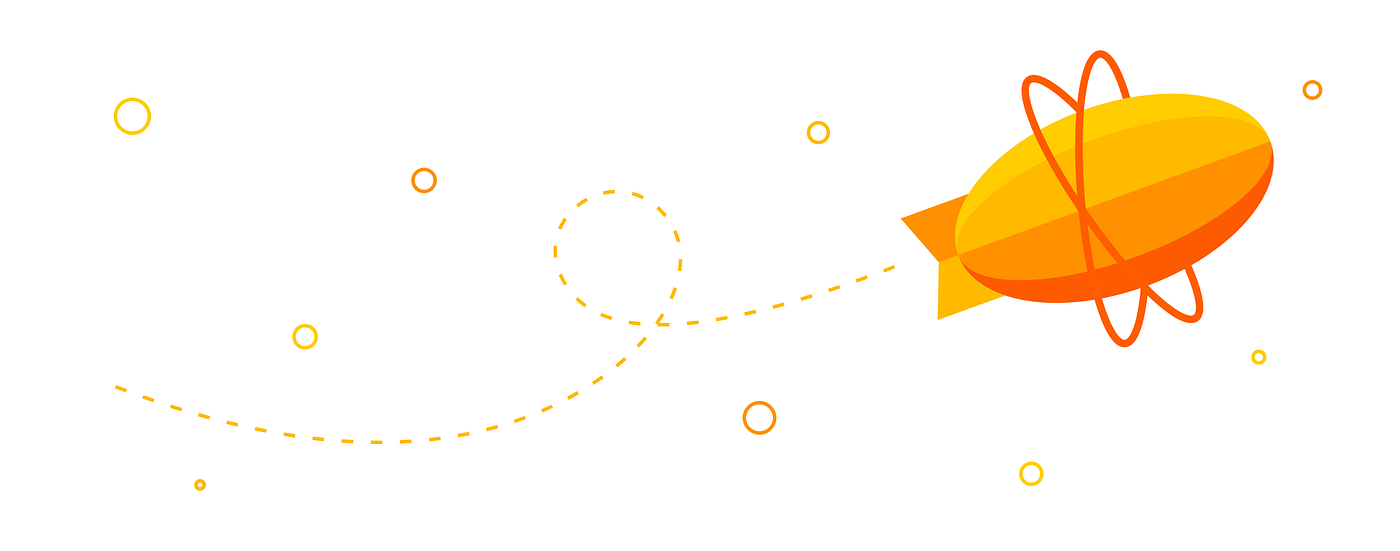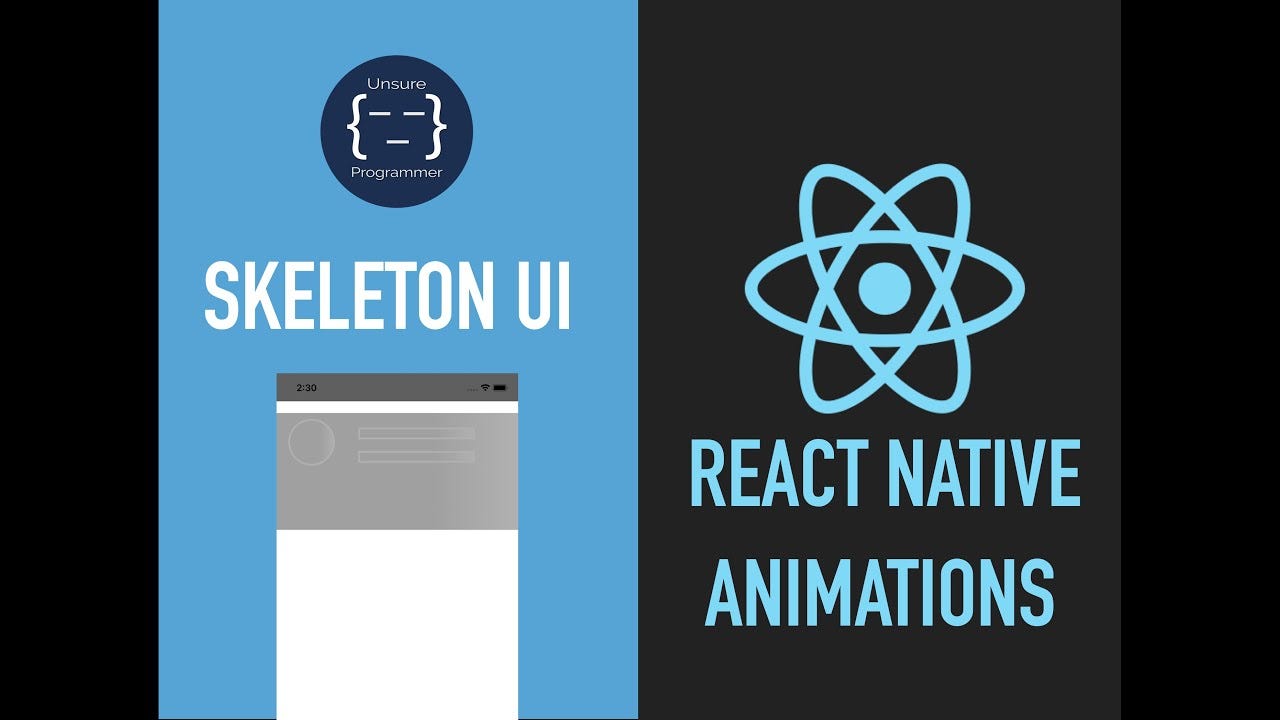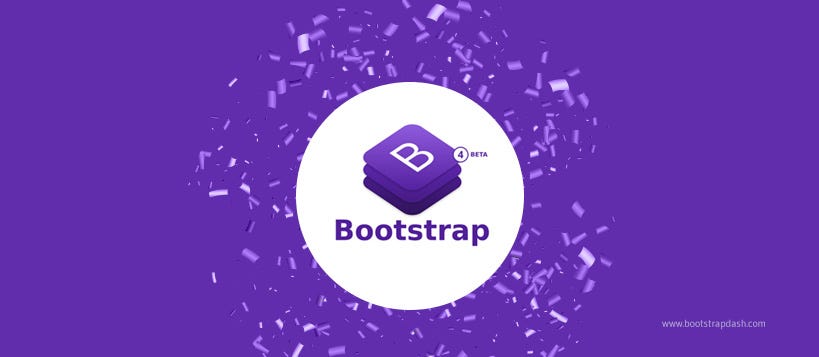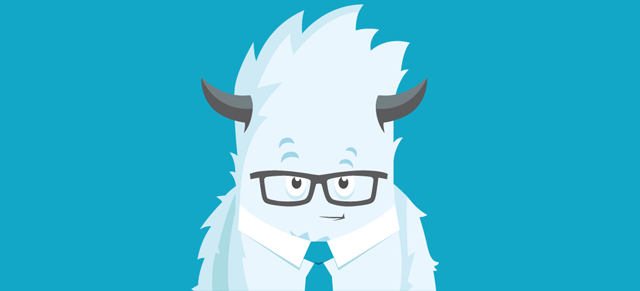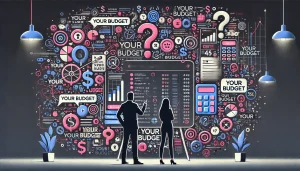We live in micro-moments and strive to create interactive user experiences with the customer at the heart of everything. With UI/UX designing being a tough job, requires you to be well acquainted with lots of tools.
UI/UX technologies keep evolving every day. Here are the tools that every designer today should be aware of in order to create compelling User Experience.
UX design Technologies:
1. Figma: One of the popular UX/UI design tools with better collaboration and communication features. Figma is a newer tool that is almost similar to Sketch.
It is a collaborative tool that is used for designing, prototyping, and gathering feedback. It has got a lot of easy-to-use features that ease UX engineers’ work. And at f1studioz we lean more towards Figma.
2. Sketch: This is an interesting design tool specially used for UX/UI design in mobile and web applications. Sketch is also great for wireframing and prototyping. This is a vector-based tool that can help in easily resizing without making the picture look pixelated.
Sketch is available for Mac users only where you pay for the app once and get to use it for as long as you want. But you’ll need to renew your license every year in order to get updates. Beginners might find a little difficulty while using this tool initially.
3. Adobe XD: Designed by Adobe inc., With a responsive user interface it saves time for a lot of designers while creating amusing designs. If you are a newbie to designing, Adobe XD is a great start.
It is a vector-based tool for designing and prototyping user experiences for web, mobile, and even voice! It is an extremely versatile tool that offers a whole host of features for designing, prototyping, sharing, collaborating, and creating a complete design system.
4. InVision Studio: A great tool with design, prototyping, and phenomenal designing tools for UX resulting in a flawless design process. It comes with many useful features which makes it a preferred choice for many UX designers.
This highly professional tool was launched in the year 2018, by the company named “InVision”, mainly with an objective to have an easy prototype building process.
5. Photoshop: This is a very useful tool for both Graphic Designers and UX designers. This tool really helps in recreating and editing the way images looked. Photoshop is an ideal tool that helps users understand the way it is read or seen.
6. Zeplin: Zeplin is a collaboration tool for design and development. Zeplin could easily convert the designs from tools such as Sketch, Figma, Adobe and then converts them into easily usable development formats.
With Zeplin there is no need to manually write out sizes or margins, type the copy, export icons. It’s simply awesome and saves lots of time to focus on design explorations. — Alex Potrivaev, Product Designer Intercom
These are a few happening UX technologies that every UX/UI designer out there should be familiar with and in fact, should be well versed with. Other than the above mentioned tools there are a few other tools that you might want to learn in order to be a great designer: FlowMapp, VisualSitemaps, Optimal Workshop, etc.,
Best UI Engineering tools:
A vital period in a product development life cycle is where design meets development. Inorder to make UI development easier any body should be aware of these HTML 5 and CSS frameworks:
1. Skeleton: If you are new to responsive design and front end this is a quite tool to learn. This is a lightweight CSS framework that uses a 12-column grid system.
2. Bootstrap: A tool developed by Twitter. Without having to build timetaking components and grid styles from scratch, Booststrap eases developers work by providing access to a wide range of tools.
3. Foundation: Foundation is yet another awesome tool which can be used across devices. This is founded by a Product Designing firm Zurb. A must learn for rapid prototyping.
UX design/engineer & strategy for emerging technologies:
With technologies going over and above designing alluring designs that make users stick to the screen has become increasingly difficult. Understanding the new era of interfaces and UX is the only go-to strategy towards designing for emerging technologies. Emphasizing the need to look at emerging technologies through the eyes of customers and focussing on solving problems has become the need of the hour.

